As 2025 winds down, business owners and managers are ramping up their planning efforts for the new year. Part of the annual budgeting process involves identifying ways to lower expenses and strengthen cash flow. When looking for cost savings, think beyond the obvious adjustments like wages, benefits, or employee headcount. Cutting too deeply in these areas can make it harder to attract and retain skilled workers, potentially affecting work quality and productivity.
Here are three creative ways to help boost your company’s bottom line without sacrificing performance or growth potential.
- Analyze Your Vendors
Many businesses find that a small group of suppliers accounts for most of their spending. Start by identifying your key vendors and consolidating purchases with them. Concentrating your buying power can help you negotiate better volume discounts and streamline the administrative work tied to purchasing.
Early payment discounts can also be a valuable source of savings. Some vendors offer 2% to 5% discounts to customers who pay before the due date. These may seem small but can add up significantly over time if your cash flow allows you to take advantage of them.
It’s also worth conducting a supplier audit—a formal review of vendor performance, pricing, and service quality. This process helps ensure you are receiving fair value and maintaining high standards across your supply chain.
- Cut Energy Consumption
Improving energy efficiency is not only good for the environment but can also reduce costs in the long term. Consider upgrading to energy-efficient HVAC systems, LED lighting, or vehicles. While these investments come with upfront costs, the savings on energy bills often offset the expense over time.
You may also qualify for tax credits related to energy-efficient improvements. However, it’s important to note that the One Big Beautiful Bill Act, enacted in July, accelerates the expiration of several clean energy tax incentives originally provided under the Inflation Reduction Act. Reviewing these timelines can help you make timely investment decisions.
- Consider Outsourcing
Many businesses attempt to save money by keeping all operations in-house, such as accounting, payroll, or HR functions. However, without adequate staffing and expertise, these areas can become costly due to errors, inefficiencies, or missed deadlines.
Outsourcing can often be more cost-effective. External providers offer specialized expertise and technology that may be too expensive to replicate internally. For instance, outsourcing payroll management can help ensure compliance with changing labor laws and tax regulations while reducing errors and administrative strain.
Other areas to consider outsourcing include administrative support, billing and collections, IT, and bookkeeping. When evaluating vendors, focus on experience, reliability, and service quality to ensure you receive the attention and accuracy your business needs.
Every Dollar Counts
As you finalize your 2026 budget, view cost control as a strategic exercise, not just a list of cuts. Thoughtful adjustments can strengthen profitability, enhance efficiency, and position your business for long-term success.
Our team can help you prioritize cost-saving opportunities with the highest impact, model cash-flow implications, review tax treatment, and assess potential outsourcing options. Contact us to start planning for a stronger financial year ahead.



